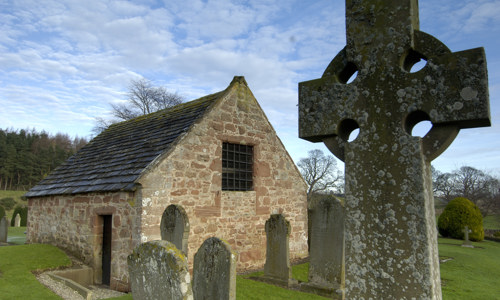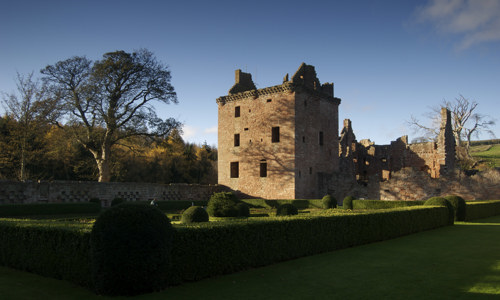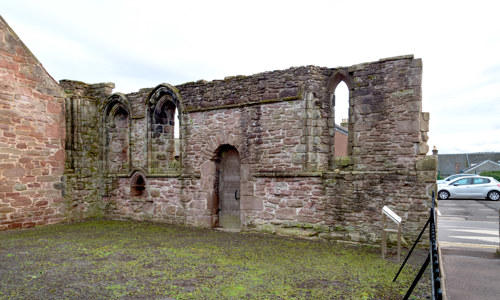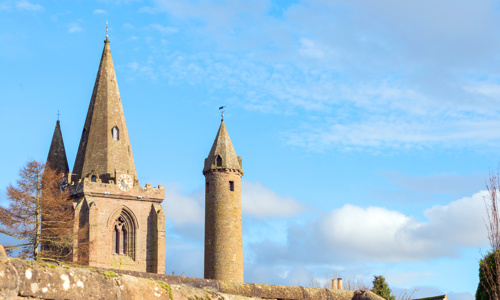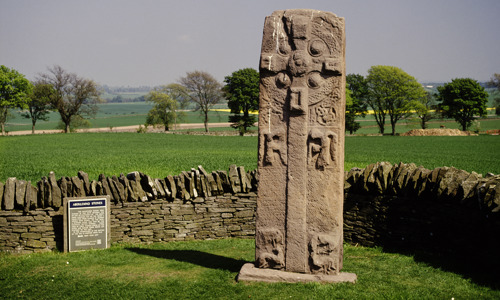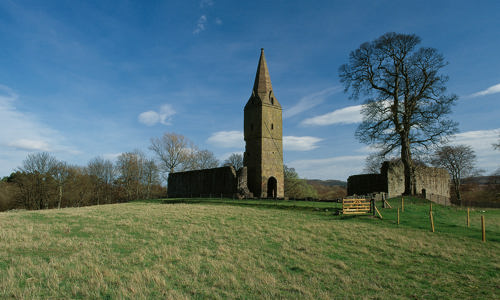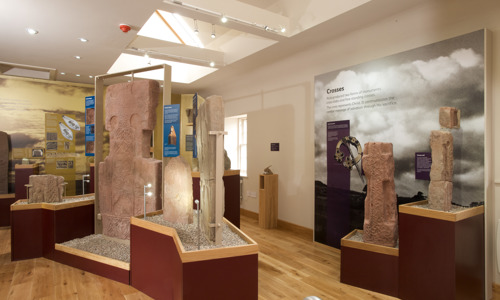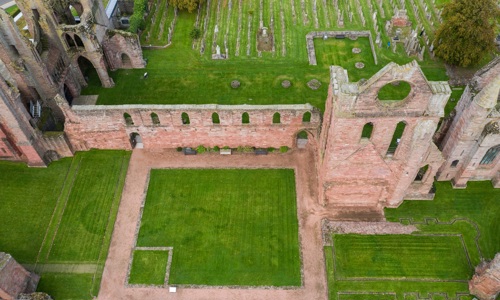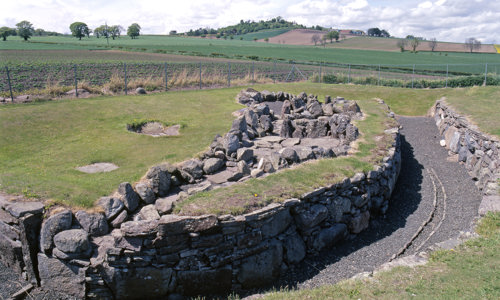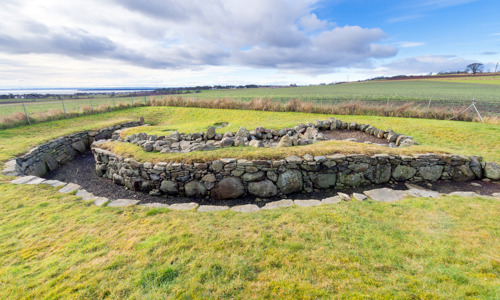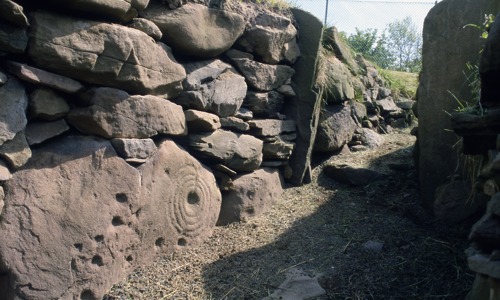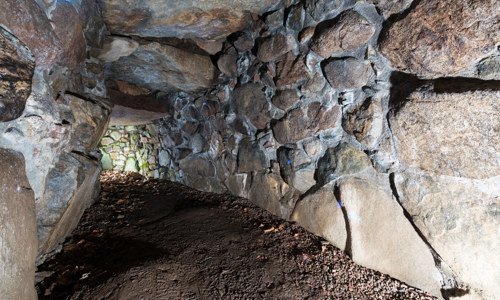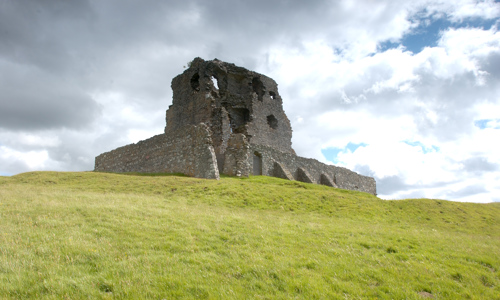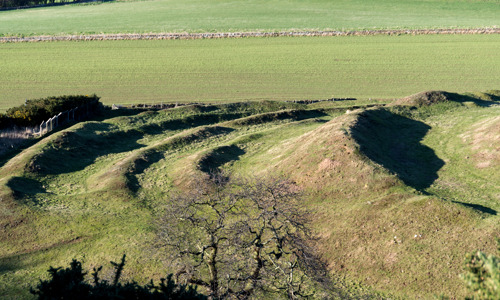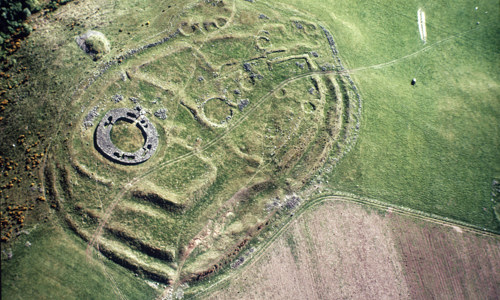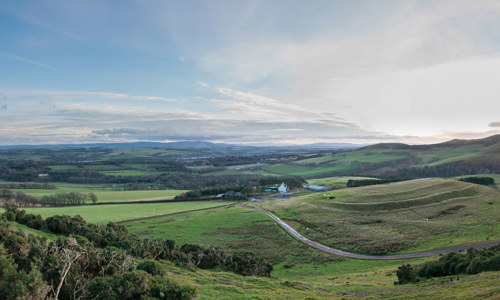History
The remains of the Brown and White Caterthuns we see today probably date to about the first millennium BC. Artefacts found at the White Caterthun from the 1800s reveal that the site probably had earlier significance in the Neolithic period and Bronze Age.
Both forts are surrounded by a series of earthworks of varying character. These include simple dump ramparts and ditches, palisaded works and substantial turf and stone ramparts. Each have numerous entrances aligned to form avenues to the hill forts’ summits.
The Brown Caterthun
Excavation in the 1990s found little evidence of occupation at the fort. It revealed the site became larger over time, and that its ramparts were burned, rebuilt and re-modelled in several phases.
Radiocarbon dates from excavations on the Brown Caterthun show it was constructed between 700BC and 200BC.
The White Caterthun
The slightly higher White Caterthun stands to the south-west of the Brown Caterthun. Its most striking feature is its great stone fort, which would have stood several metres high. The fort shows evidence for vitrification – a process in which stones are fused together due to intense heat.
The fort is probably the latest structure on the White Caterthun. Within its bounds the footings of roundhouses and rectangular enclosures are visible, along with a deep rock-cut cistern. It’s surrounded by a series of similar earthworks to those seen at the Brown Caterthun.
What were they for?
We don’t know exactly what the Caterthuns were used for. Their function and role as a pair of similar hilltop enclosures so close together continues to draw debate.
Looking at the series of ramparts, ditches and palisades enclosing each of the forts, it’s easy to imagine them as tribal forts or strongholds. But their numerous entrances seem to invite access, albeit in a controlled manner, perhaps indicating segregation through status or function.
Evidence on the Brown Caterthun shows some of its earthworks were curated, burned down and rebuilt, implying that their function was continually or sporadically reviewed. The massive fort on the White Caterthun demonstrates impregnability, but its vitrification is perhaps evidence of a similar tradition of deliberate burning but on a considerably grander scale.
This hints that these sites are likely to have had multiple functions, including military and ceremonial centres. They may be considered as one site with two summits.


